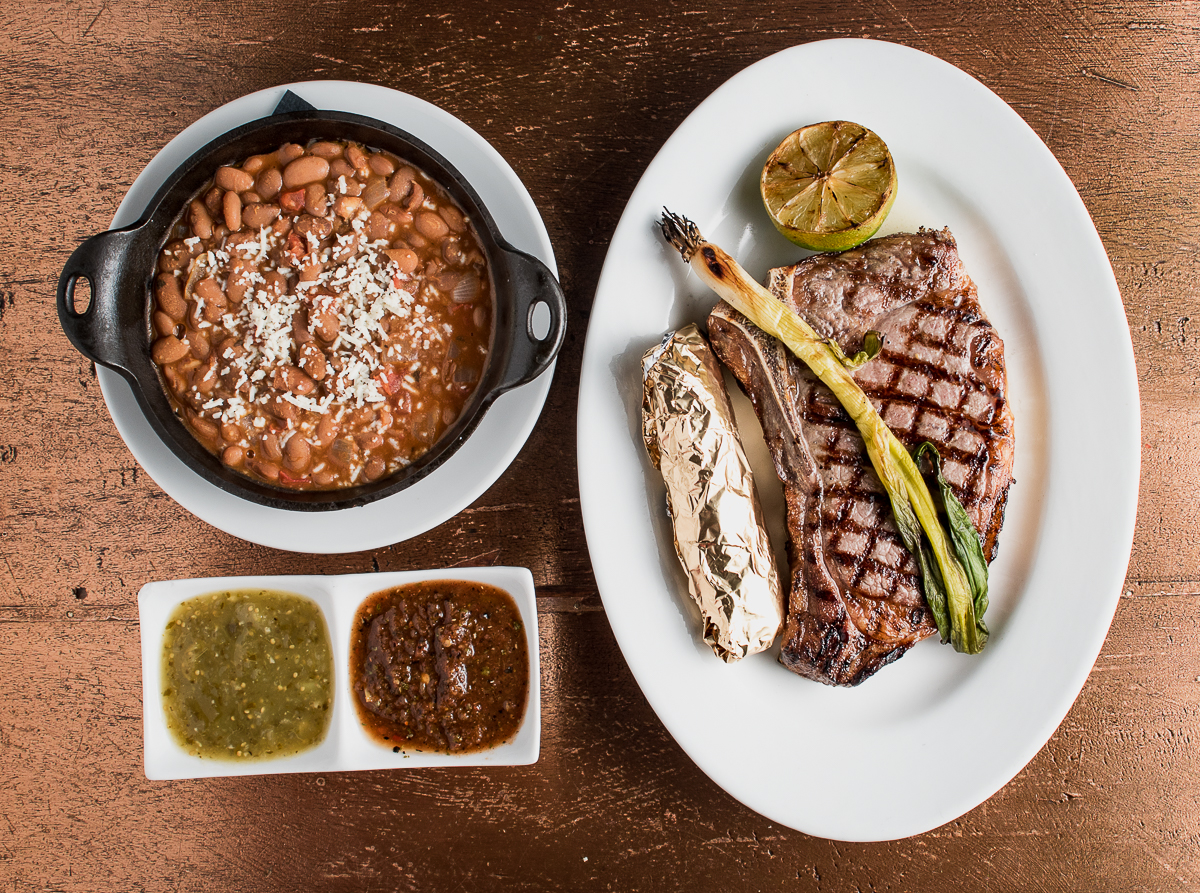
While a burger and apple pie might come to mind first when American cuisine is mentioned, the United States features several regions and styles of cuisine. Think Kansas City barbecue, Nashville fried chicken, New Orleans gumbo, and Maine lobster rolls. And even though these dishes are all undeniably American, good luck finding an American restaurant menu that offers every single one of them.
Across the Pacific, Chinese cuisine isn’t just orange chicken and Mongolian beef. Yet at American Chinese restaurants, diners have come to expect the same sweet, gloppy stir-fry dishes in take-out boxes.
American Chinese cuisine as we know it today is the result of the California gold rush. Over 20,000 Chinese immigrants from the Canton region were lured in for the gold, and so began the influence of Canton cuisine tweaked for American tastes.
China is 3.705 million square miles, while the US is 3.797 million square miles — less than a 3% difference. However, China’s population is triple the U.S.’s. There’s no shortage of biodiversity and history as well, so China is packed with countless regions, each offering a unique cuisine.
While the majority of Tucson’s Chinese restaurants are Americanized, one Chinese region tends to show up more often: Sichuan. (For the record, don’t expect Rick and Morty’s Szechuan Sauce.)
Also known by the outdated and phonetically-inaccurate names Szechuan and Szechwan, Sichuan is famous for a chili oil known as ma la sauce. The term ma la describes a combination of a tingly numbing sensation (from hydroxy-alpha sanshool in Sichuan pepper, also known as prickly ash) and piquant warming heat (from capsaicin in red chile peppers).
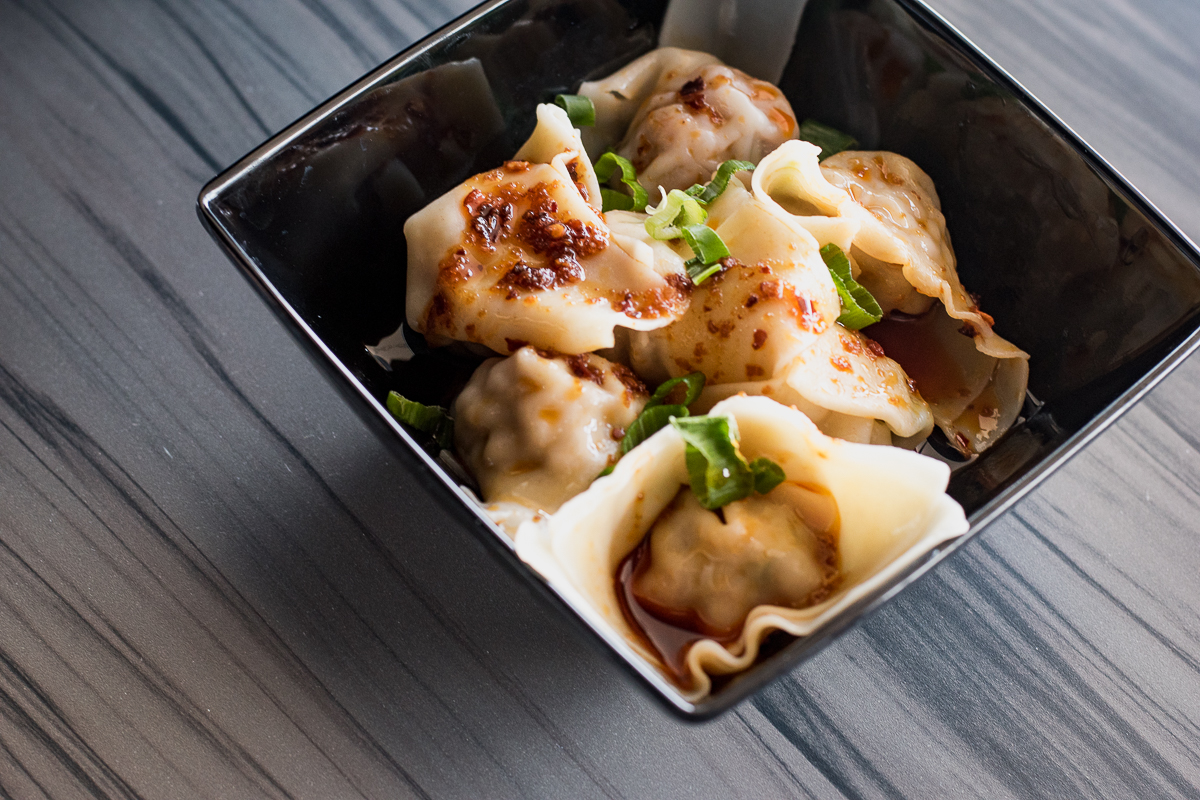
However, ideal Sichuan cuisine aims to provide flavor throughout the entire palate with an orchestra of sensations ranging from spicy to floral, sour, bitter, smoky, and more.
If you’re ready to taste for yourself and are ready for the journey into Sichuan dishes that might sound odd, and most likely won’t be listed on the menu – at least not in English, below are our picks for Tucson Sichuan restaurants.
While China Szechwan has one of the most generic restaurant names, their Sichuan cuisine stands out. Just make sure to order off the Sichuan menu.
Assuming you’re ordering spicy dishes, make sure to include an order of the Cucumber in Garlic Sauce. While the spicy dishes hurt so good, the cucumbers will help you cool off.
Fuqi Feipian (pronounced foo-chee-fay-pian) is literally translated to “husband and wife lung pieces,” but it’s not that. This particular version features sliced beef shank, beef tongue, and beef tripe with chili oil and cilantro, served cold. The ingredients are adventurous, but the flavors are approachable. Don’t be afraid.
Water-Boiled Fish has a boring and also misleading name. The fish is more so poached, and it’s not just water — it’s a spicy, aromatic broth with napa cabbage, celery, and copious amounts of garlic. Pro tip: take home the leftover broth to eat with instant ramen instead of the packet seasoning.
For more information, call (520) 795-0888 or visit chinaszechwan.weebly.com.
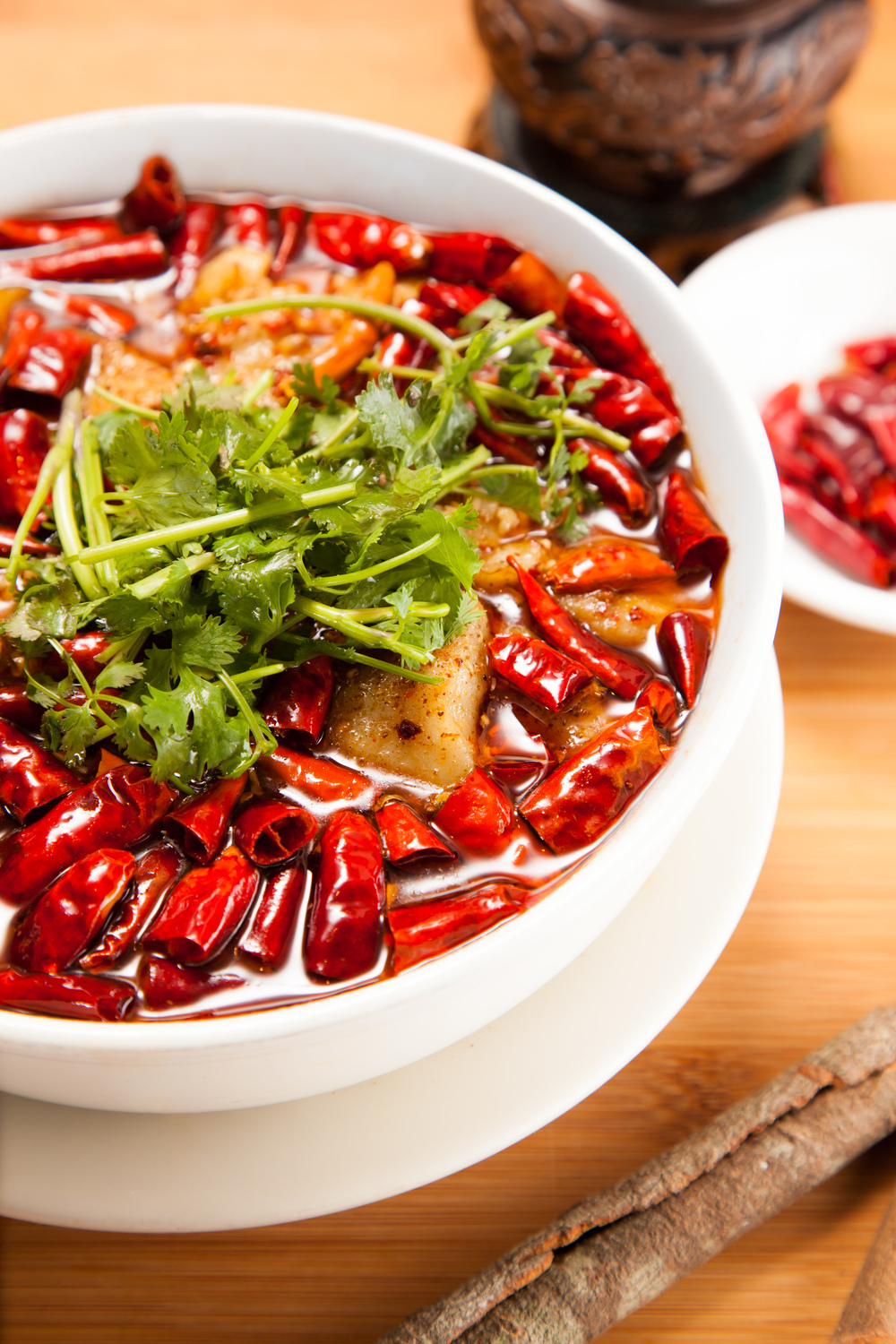
Jun Dynasty has the most consistently solid service on this list. Servers pay full attention for water refills and will box up any leftovers neatly for you so you don’t get chili oil all over yourself.
Sichuan dishes intermingle with other dishes on one menu, so don’t worry about asking for a separate menu.
The Cumin Lamb here is outstanding — fragrant with floral, citrus notes from the abundant use of Sichuan peppercorns and cumin. Chopped onions provide subtle sweetness. Don’t be fooled by the dish’s simple appearance.
You could technically call the Beef Brisket Spicy Dry Hot Pot a Sichuan take on meat and potatoes. The pot is filled with chunks of tender brisket, potatoes, and broccoli in a spicy, garlicky sauce.
When it’s in season, don’t miss out on the Crab or Crawfish in Hot Spicy Sauce.
For more information, visit jundynasty.com.
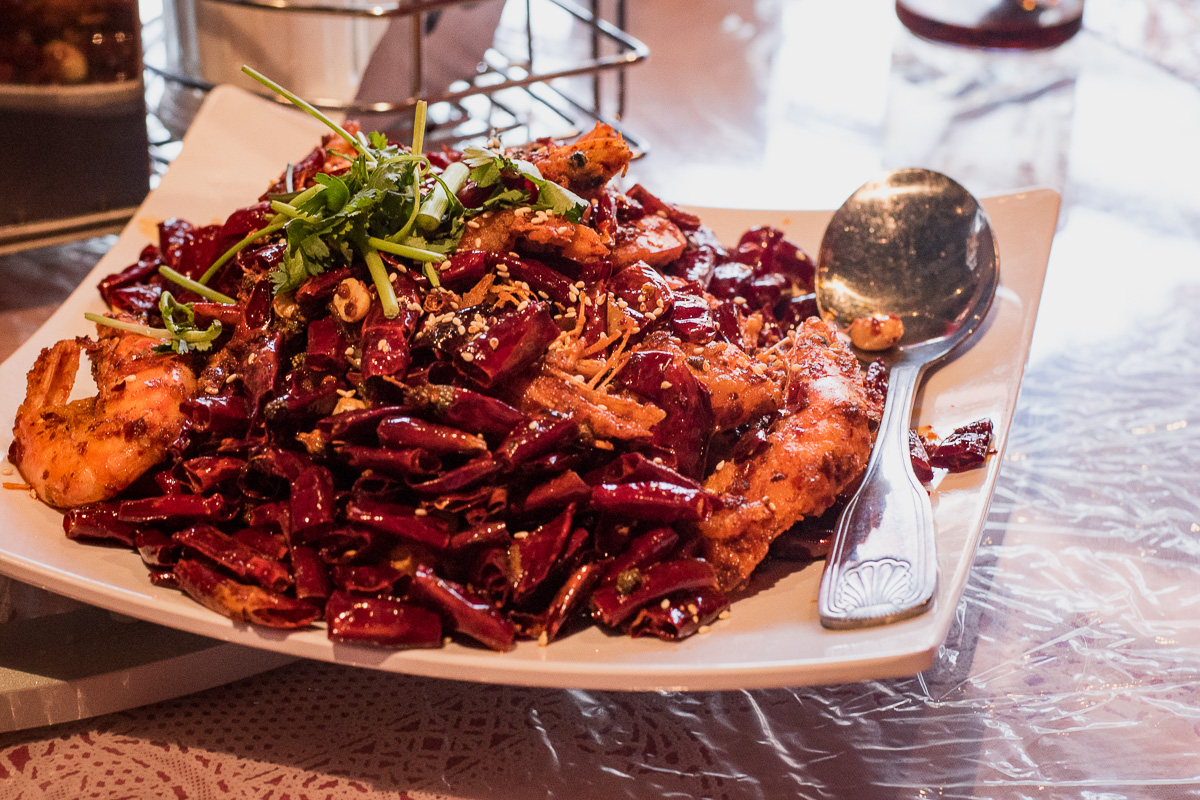
While the main menu has a few popular Sichuan items such as the house-made Szechuan Cold Noodles, ask for the secret Sichuan menu that’s only available upon request. It also has no English translation, so hopefully you have a Chinese-speaking friend to help — but items such as “fragrance octopus,” “two steel gongs,” and “ten burn this negative” simply don’t translate well. From what we can translate, we can recommend a few dishes.
Beggar’s Chicken in China is traditionally a whole chicken wrapped in lotus leaves and clay and baked for hours. The Panda House version, wrapped in foil, instead features chunks of chicken with baby corn, peppers, garlic, and a sauce with potent ma la and fragrant with allspice.
Chairman Mao’s Pork is also commonly known as red-braised pork. Here, the dish features tender, slightly sweet pork belly fragrant with star anise and ginger.
The House Spicy Prawns are fried whole, crispy enough to eat shell and all, so don’t peel the shells off to keep maximum flavor. Don’t try to eat the massive pile of chili peppers, but definitely snack on the toasty peanuts.
Last but not least, try the Chong Qing Chicken. The chef is from Chongqing.
For more information, visit pandahousetucson.com.
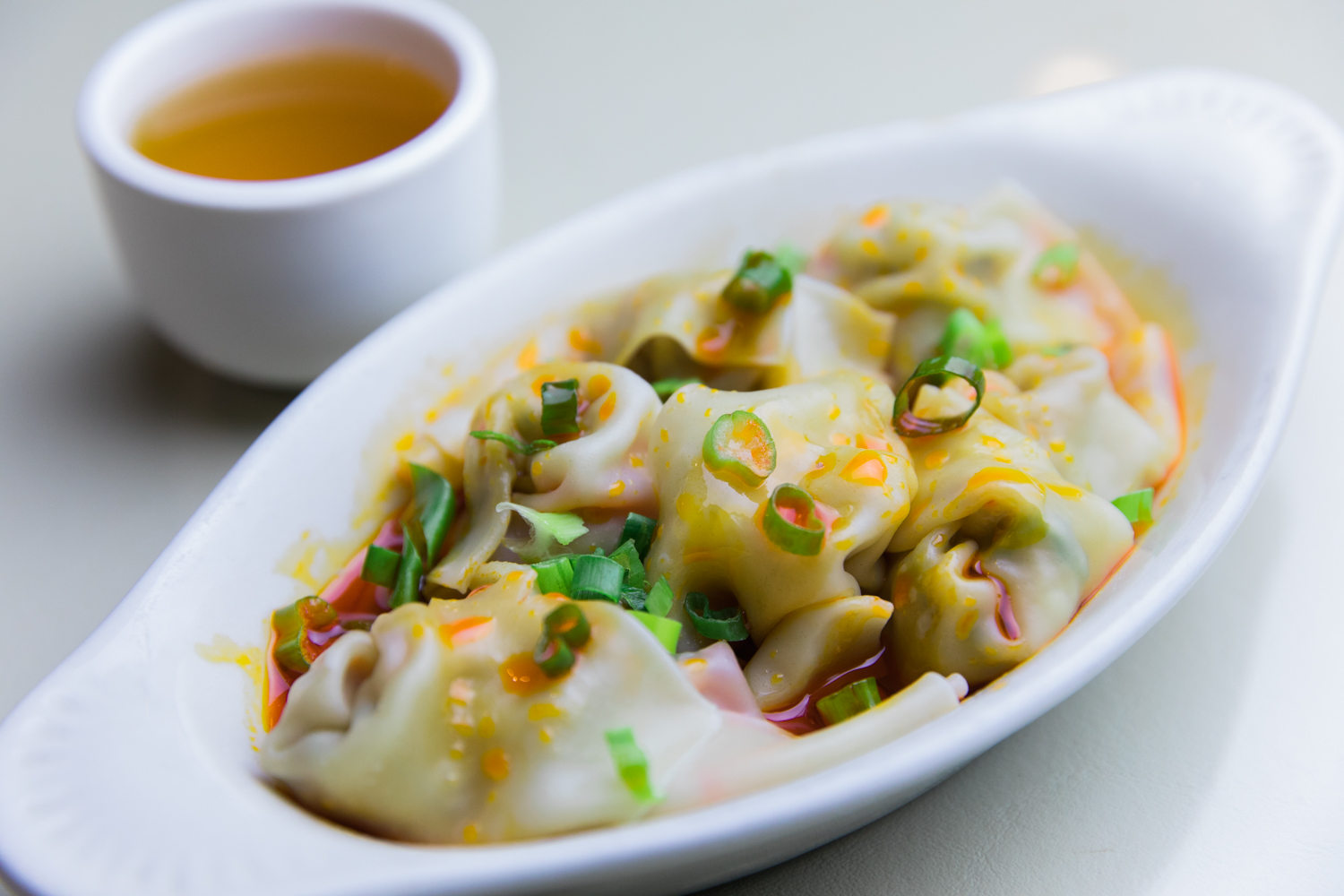
Kung Fu Noodle is another case of a restaurant with a generic-sounding name with surprisingly authentic options. But the names can be deceivingly generic as well.
While you should really visit for the Northern China-influenced specialties such as the Chinese Beef Burrito (beef slices and herbs wrapped in a scallion pancake) and Jingdong Meat Pie (think a savory empanada, but Chinese Muslim style and with chopped meat), they also offer a selection of Sichuan dishes. The house-made noodles and dumplings are the main selling point.
China native Albert Yan is a fan of the Spicy Interesting Noodles and Szechwan Chili Pig’s Ear.
Keep up with Kung Fu Noodle on Facebook.
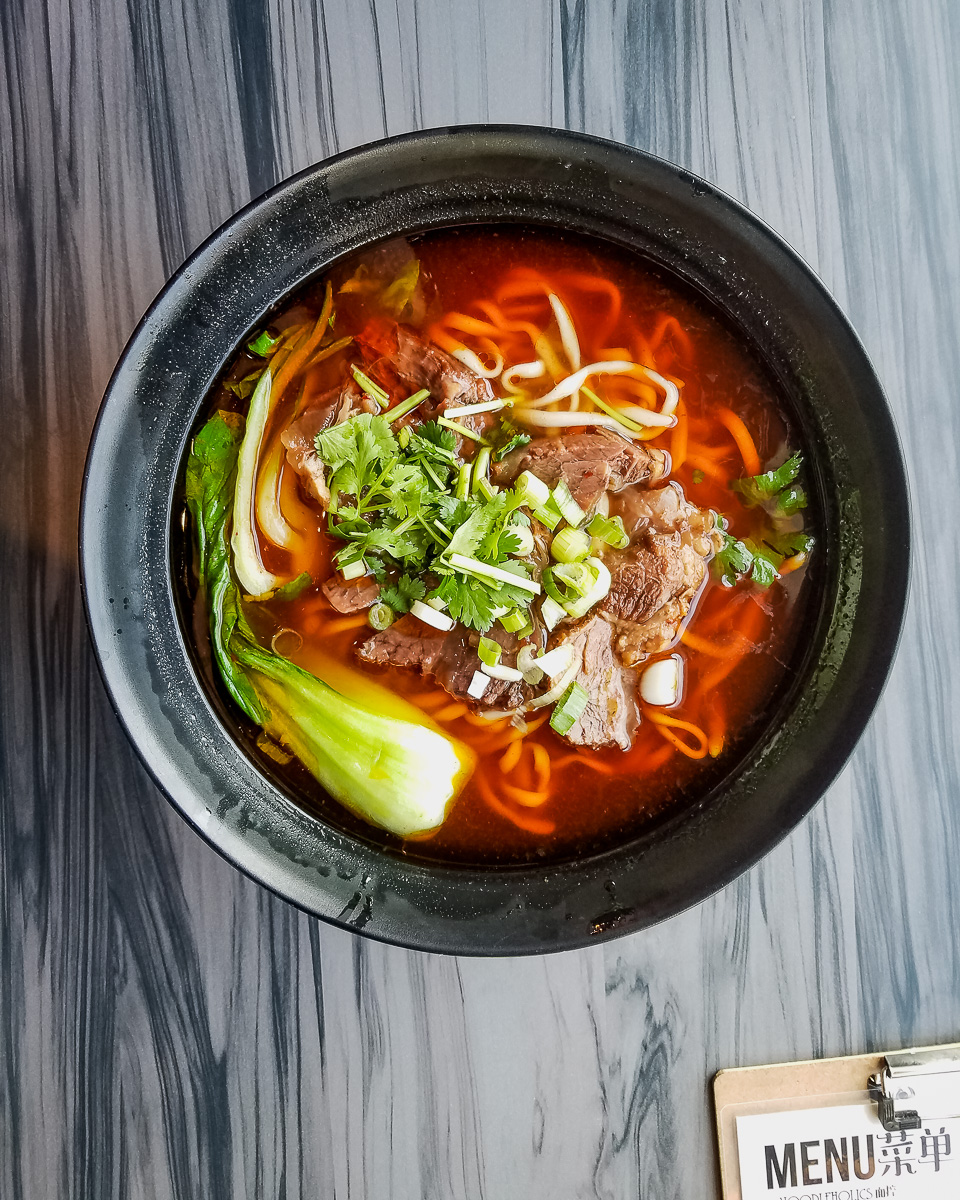
Noodleholics isn’t a Sichuan restaurant. However, the three Sichuan dishes on the menu are outstanding.
Absolutely order the Chaoshou Dumplings. The dish is simple with pork wontons in a vinegary chili oil with scallions, but it’s executed so well and worth daydreaming about.
The Sichuan Spicy Beef noodle soup features house-made wheat noodles in a spicy and numbing beef broth, topped with chunks of beef (probably beef shank), bok choy, green onion, and cilantro.
For something not as intensely spicy, order the Dandan noodle soup. It’s not listed as spicy, but beware: it actually is. House-made wheat noodles mingle with a rich broth with sesame paste, which is then topped with minced pork, sliced cucumber, cilantro, and crushed peanuts. If you’re a fan of tonkotsu ramen, this interpretation of Dandan noodles will be right up your alley.
For more information, visit noodleholics.com. Know of one or more Sichuan menus in Tucson? Let us know!